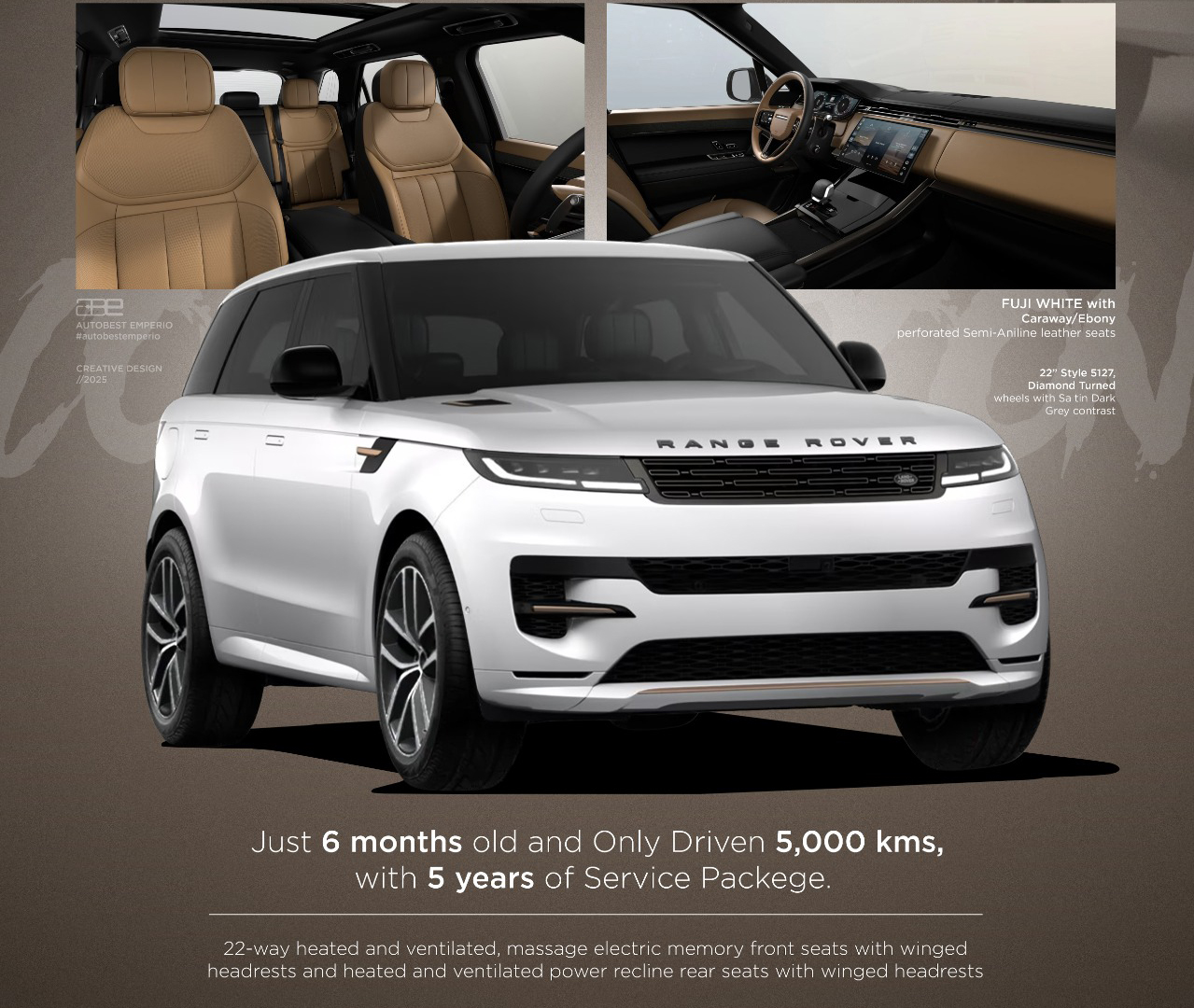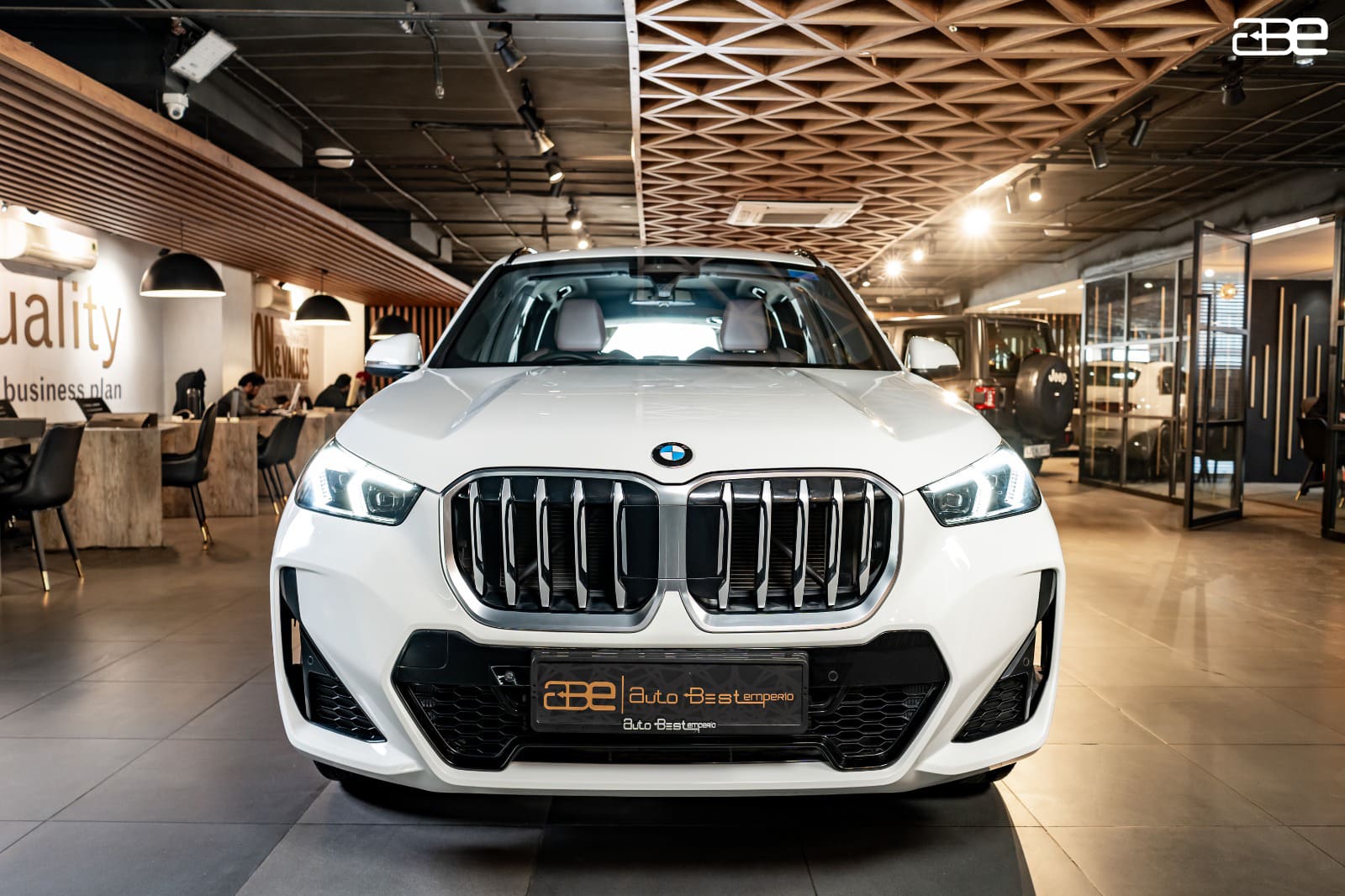Top Major Benefits Of Infotainment System In The Luxury Cars

Infotainment System - An Advance Feature Of Cars
You've probably heard the word "infotainment" if you're shopping for a new automobile. Information and entertainment are combined to generate the term infotainment. In light of this, an infotainment system in a car is a device that offers both informational and entertaining services. Infotainment systems, which are built-in automobile computers, also incorporate a variety of features, such as built-in digital radios and rearview cameras.
The IVI is a collection of in-vehicle technologies that use commands via voice, interactive touchscreen displays, audio/video user interfaces, and other control methods to provide the driver and passengers with information as well as entertainment.
By 2030, the global automotive infotainment industry is expected to produce $20,720 million and expand at a respectable 8.32% CAGR, according to market experts. So let's study a little bit about these cutting-edge technical solutions.
What is an In- Vehicle Infotainment (IVI) System?
The term "in-vehicle infotainment" (IVI), refers to a group of hardware and software components found in cars that offer aural or visual entertainment. The first in-vehicle entertainment systems were car audio systems, which included radios and cassette or CD players. Today's in-car entertainment systems additionally incorporate video players, car computers, in-car internet, and WiFi. ICE systems, which were formerly operated by basic panel knobs and buttons, can now feature touchscreen-sensitive reset controls, hands-free voice control, steering-wheel audio controls, as well as touch-screen displays on higher-end models. For improved safety, the most recent types of in-car entertainment systems have side and rear-view cameras.
How does an Infotainment System work?
High-end DSPs and GPUs: These strong processors are made for cutting-edge infotainment systems that can display information on numerous monitors, improving the in-car enjoyment.
Heads-Up Display: Modern systems lessen driver fatigue by displaying real-time vehicle data on a transparent screen built into the windshield.
Integrated Head-Unit: On the center stack of the car, there is a touchscreen tablet-like device that serves as the infotainment system's command panel.
Connectivity Modules: Modules for GPS, Wi-Fi, and Bluetooth supply accessibility with outside networks and gadgets, enabling features like smartphone integration, access to the internet, and navigation.
CAN, LVDS and other network protocol support: In order to facilitate interaction between microcontrollers and gadgets, the electrical hardware elements of infotainment systems are coupled via standardised communication protocols like CAN.
Digital Instrument Cluster: Digital instrument cluster have revolutionized the look of the vehicle cockpit by incorporating digital representations of conventional analog instruments like the speedometer, RPM, and odometer.
Automotive Sensors Integration: To deliver security-related data, close proximity, recognition of gestures, and image sensors work together with infotainment systems.
Operating Systems: For networking and available software programs for additional features, infotainment systems need operating systems like Android, Linux, QNX, or Windows.
Features of an Infotainment System
-
Smartphone Pairing- Drivers can use Bluetooth to link their cellphones to the infotainment system, giving them access to features like monitoring incoming and outgoing calls or listening to audio via favourite apps.
-
Analog and Digital Tuners for Multi-Standard Radio Reception- For simple monitoring and quick access to the various radio networks, infotainment systems offer AM/FM or DAB/DAB+ digital radio systems.
-
Multimedia Support- In order to send content to in-car displays, speakers, and headphones, infotainment systems can be connected through HDMI cables and USBs. This contains displays for images, videos, and audio files.
Major Benefits of Infotainment System
-
Enhances safety
The use of sensors, 360-degree surround-view cameras, and parking-assist cameras, to mention a few, has considerably advanced modern safety measures. The contemporary display infotainment system allows you to access all of these smart safety features. Modern infotainment systems gained popularity as a result of their adaptability.
-
Integrated navigation system
The navigation system has been crucial to travel ever since it was invented. A contemporary multimedia system which demonstrates the rider their exact location and background successfully employs this strategy. For enhanced functionality, certain cars come equipped with satellite navigation systems. If you're used to viewing the navigation system panel on your cell phone.
-
Multiple sources of entertainment
There are now more options for entertainment than just radios. It has changed over time to accommodate a variety of contemporary player systems, including a CD player, Bluetooth capability, an AUX receiver, etc. And since CDs are no longer in vogue, the modern entertainment system can now be accessible through USB ports, Bluetooth, iOS CarPlay, and smartphone Auto—both of which link via Bluetooth, nevertheless.
-
Sync to mobile
There are now more options for entertainment than just radios. It has changed over the years to accommodate a variety of contemporary player systems, including a CD player, Bluetooth capability, an AUX recipient, etc. And since CDs are no longer in vogue, the modern entertainment system can now be accessible through USB ports, Bluetooth, iOS CarPlay, and smartphone Auto—both of which link via Bluetooth, nevertheless.
FAQ-
-
How important is an infotainment system for cars?
A car with these features can make everyone's driving experience more enjoyable. They not only keeps people entertained and relaxed on lengthy rides, but they also make using mobile phones and other gadgets while a hands-free simpler and more fun.
-
What is the main purpose of an infotainment system in cars?
The primary objective is to provide entertainment and information to passengers as well as the driver using audio/video interactions, control systems including LCD or touchscreen displays, a button panel, speaking commands, and etc.
-
Can I install a new infotainment system in my car?
Due to their continued compatibility with the more straightforward single or double DIN installation, aftermarket infotainment systems are probably compatible with vintage cars that have the conventional AM/FM systems. Nevertheless, based on the year and version of the automobile, some later models may not be compatible with alternative head units.
-
Can I change my existing infotainment system in my car?
Purchasing and implementing aftermarket infotainment systems is additionally an option, but it is going to be more expensive. The majority of in-car entertainment systems are only suitable with equipment developed by or designed for the automaker. Some, however, are willing to consider using additional improvements.
-
How much does a car infotainment system cost if I install it virtually after buying a standard car?
Can be found in the Rs 25000–26000 aftermarket. Sony's fast anti-glare coating 6.95-inch display audio system is suitable with Android Auto and Apple Car Play and includes the functionality of a reverse camera. It has a good user experience.
-
Do all luxury cars come with an in-built infotainment system?
Today's cars, which provide more alternatives for in-car entertainment than ever before, are a good place for skeptics to point to as evidence that technology is the great democratizer. Automakers are keen to pack their vehicles with as many screens and functions as they can to make your trip as simple and enjoyable as possible. The latest entertainment systems are used in all luxury vehicles, and the best safety precautions are taken in each one.

 By Admin
By Admin









